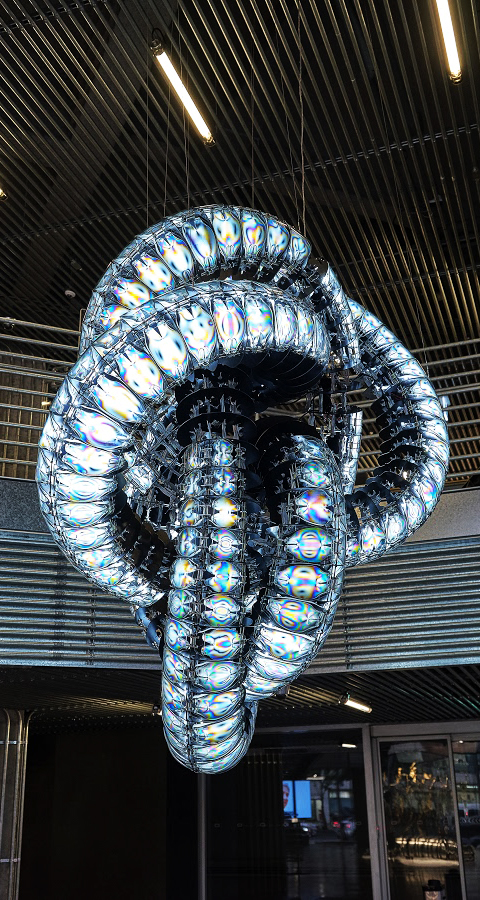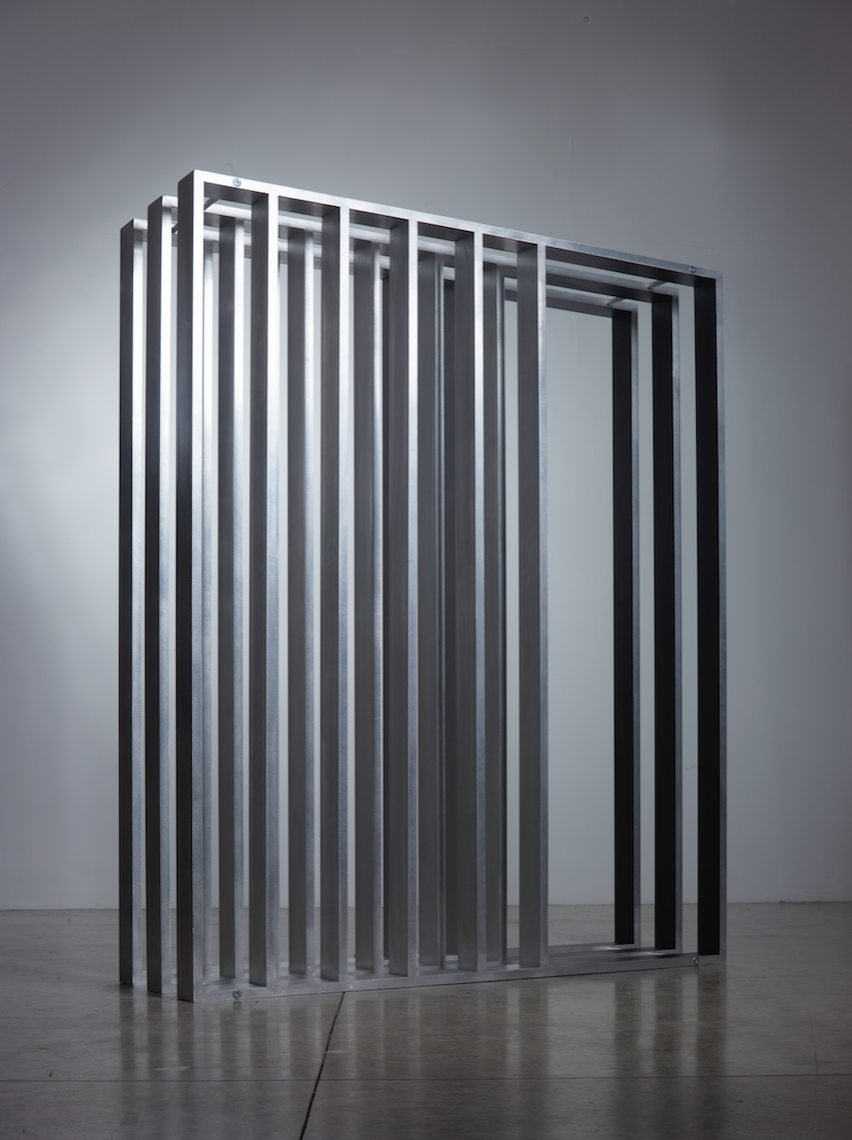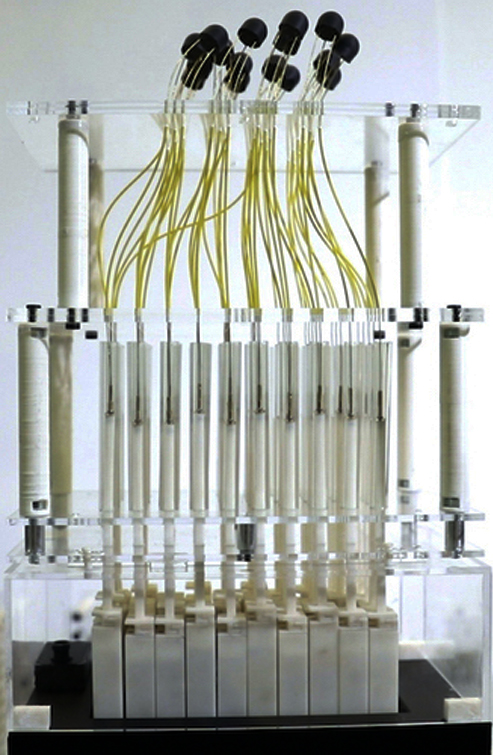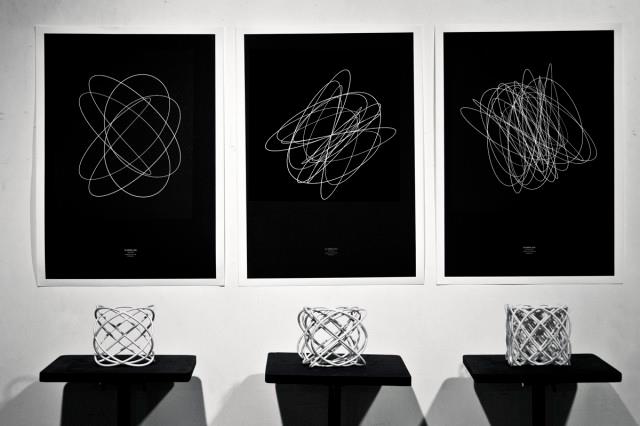The Immortal
A number of life-support machines are connected to each other, circulating liquids and air in attempt to mimic a biological structure.
The Immortal investigates human dependence on electronics, the desire to make machines replicate organisms and our perception of anatomy as reflected by biomedical engineering.
A web of tubes and electric cords are interwoven in closed circuits through a Heart-Lung Machine, Dialysis Machine, an Infant Incubator, a Mechanical Ventilator and an Intraoperative Cell Salvage Machine. The organ replacement machines operate in orchestrated loops, keeping each other alive through circulation of electrical impulses, oxygen and artificial blood.
Salted water acts as blood replacement: throughout the artificial circulatory system minerals are added and filtered out again, the blood gets oxygenated via contact with the oxygen cycle, and an ECG device monitors the system’s heartbeat. As the fluid pumps around the room in a meditative pulse, the sound of mechanical breath and slow humming of motors resonates in the body through a comforting yet disquieting soundscape.Life support machines are extraordinary devices; computers designed to activate our bodies when anatomy fails, hidden away in hospital wards. Although they are designed as the ultimate utilitarian appliances, they are extremely meaningful and carry a complex social, cultural and ethical subtext. While life prolonging technologies are invented as emergency measures to combat or delay death, my interest lies in considering these devices as a human enhancement strategy.This work is a continuation of my investigation of the patient as a cyborg, questioning the relationship between medicine and techno- fantasies about mechanical bodies, hyper abilities and posthumanism.













